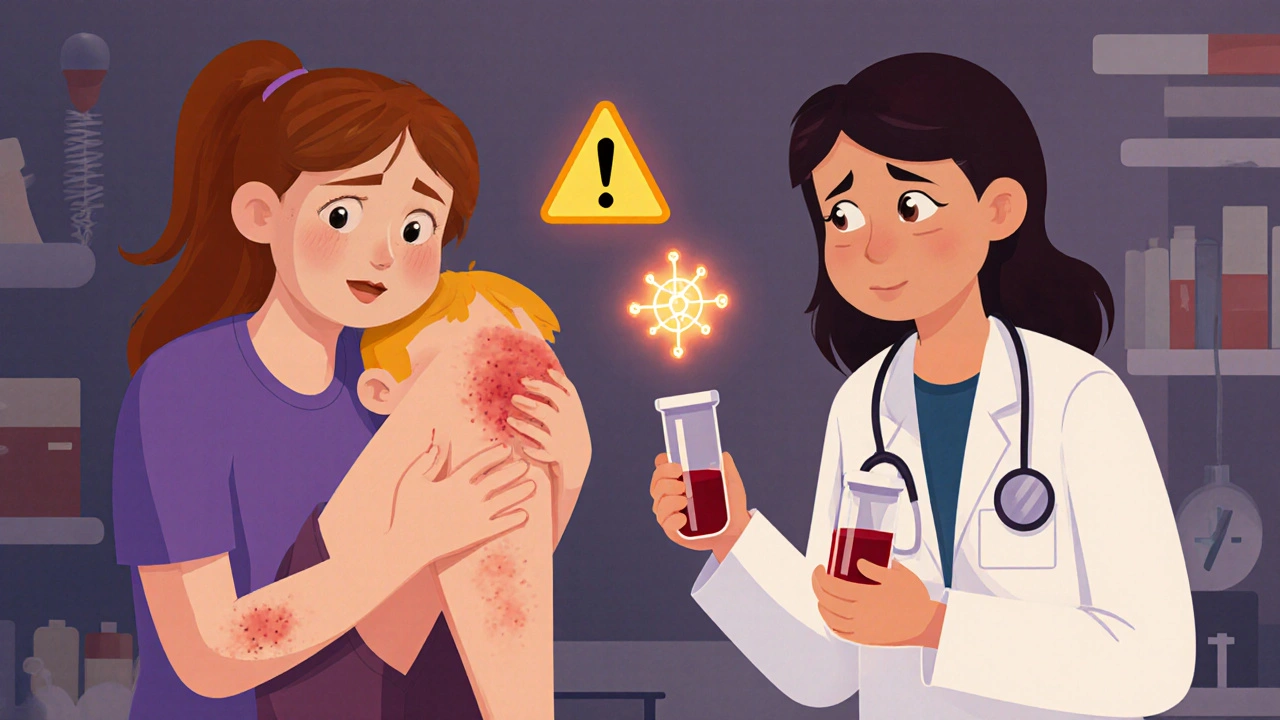When your blood doesn’t clot the way it should, even a small cut can become a problem. This is the reality for people with bleeding disorders, a group of conditions where the blood lacks proper clotting ability, leading to excessive or prolonged bleeding. Also known as coagulation disorders, these conditions range from mild to life-threatening and often require careful management with medication and lifestyle adjustments.
Bleeding disorders usually involve problems with clotting factors, proteins in the blood that work together to form clots and stop bleeding. The most well-known is hemophilia, a genetic condition where the body doesn’t make enough factor VIII or IX, leading to spontaneous bleeding into joints and muscles. Another common one is von Willebrand disease, a milder but more widespread disorder caused by low levels or malfunction of von Willebrand factor, which helps platelets stick together. These aren’t rare—von Willebrand disease affects up to 1% of the population, and many people live with it without knowing.
What makes bleeding disorders tricky is how they interact with everyday medications. For example, anticoagulants, drugs like warfarin or rivaroxaban used to prevent dangerous clots in atrial fibrillation or after surgery, can make bleeding worse in someone who already has a clotting issue. Even common painkillers like ibuprofen or aspirin can increase bleeding risk. That’s why people with these conditions need to be extra careful with what they take—even over-the-counter stuff. Some medications, like clozapine or indapamide, don’t directly affect clotting but can cause side effects that indirectly raise bleeding risk through low platelets or kidney stress.
It’s not just about the disease itself—it’s about how your body responds to treatment. A person with hemophilia might need regular infusions of clotting factors, while someone with von Willebrand disease might only need medication during surgery or childbirth. Some people manage their condition with desmopressin, a drug that boosts natural clotting factors. Others need to avoid certain activities or adjust their exercise routines, especially if they’re on beta-blockers that mask heart rate signals during physical stress. And if you’re taking something like voriconazole for a fungal infection while also having a bleeding disorder, drug interactions can complicate things further.
The posts below cover real-world situations where bleeding risks show up—not just in classic cases like hemophilia, but in how medications, lifestyle choices, and other health conditions intersect. You’ll find guides on how certain drugs affect clotting, what to watch for when taking anticoagulants, and why even something as simple as dehydration or smoking can play a role. Whether you’re managing a diagnosed condition, suspecting a problem, or just want to understand why your doctor asked about your bleeding history, these articles give you the facts without the fluff.
Posted by
Paul Fletcher
15 Comments

Early diagnosis of hemophilia prevents lifelong joint damage, brain bleeds, and disability. Learn the warning signs, testing options, and how timely treatment lets children live full, active lives.
read more